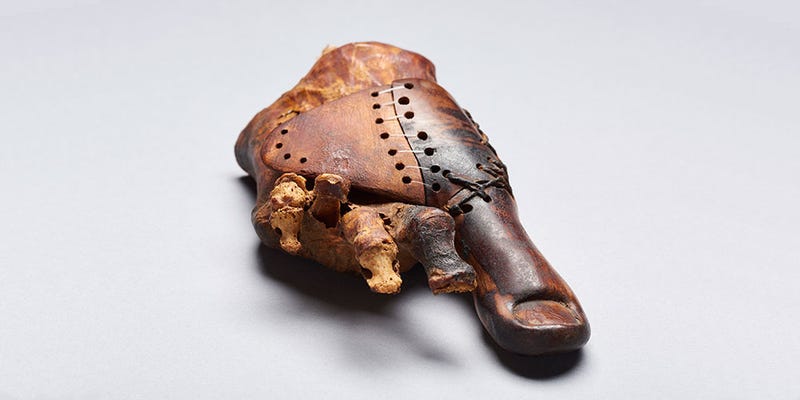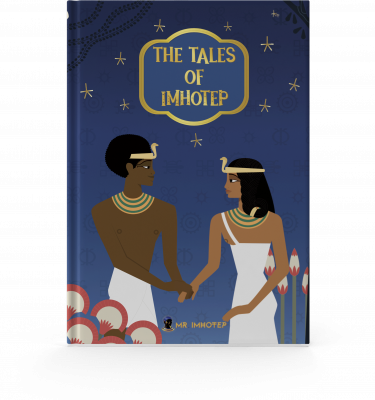We have a tendency to believe that we are the most advanced humans in history. It can be seen in the names historians have given to various periods in the world’s history. Antiquity, modernity, and so on.
Words that express disdain for what has come before us. However, contrary to popular belief, many, if not most, inventions are not novel. They were around since the beginning of time. Prosthetics, for example, are not a new phenomenon. Man-made devices to replace missing body parts were in use thousands of years ago.
According to numerous scholars, including Dr. Jaqueline Finch of the University of Manchester, the oldest known prosthesis is from Kemet (ancient Egypt) and dates back 3,000 years.
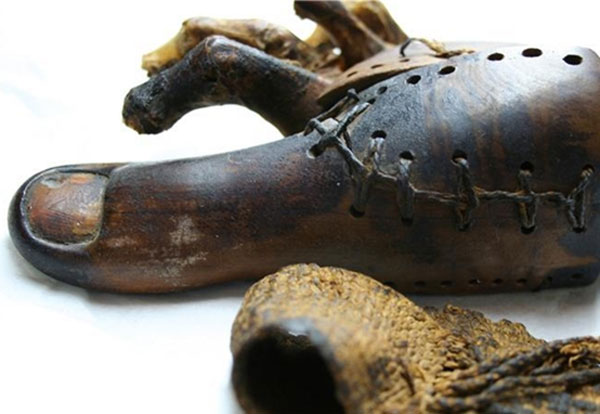
The woman, known as Tabaketenmut, is thought to have lived between 950 and 710 BC. The prosthetic toe was made of wood and leather and is now on display at the Egyptian Museum in Cairo. They described it as “possibly the oldest known intravital limb prosthesis” in their Lancet article. Is it, however, true?
The Tabaketenmut toe was not the first ancient prosthetic toe discovered in Kemet. The Greville Chester toe can be seen by visitors to the Egyptian Galleries at the British Museum in London. The toe was discovered in Thebes and was made of cartonnage, a papier mâché-like blend of linen, animal glue, and plaster. The linen used was analyzed and dated to 600 BC.

Kemites saw the afterlife as a perfect version of this life, so it was critical in their worldview that their body be intact at the time of burial. Jaqueline Finch explained in another Lancet article how “spells decorating the inside of coffins (the Coffin Texts, c. 2055 BC) and mortuary texts written on papyrus (the Book of the Dead, c. 1550 BC) all refer to the importance of “reassembling” and “reuniting” the body to enable “revitalization” to occur in the Afterlife.”
As a result of this desire for corporal wholeness, embalmers would fill in any “gaps” before burial with anything from plaster, sawdust, mud, butter, sand, or linen. This is evident from the discovery of various prosthetic devices on mummies. Foot, legs, noses, and even penises were among the “generally poor imitations… of linen, reed, mud, and resin.” (Yes, the Kemites (Ancient Egyptians) believed that procreation was possible in the afterlife.)
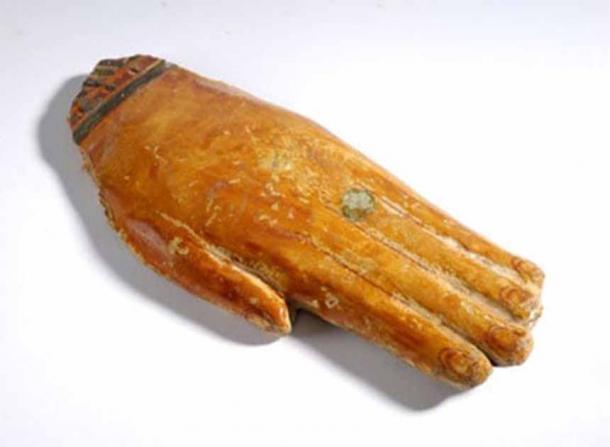
While ideological beliefs may explain the presence of such prosthetic devices on mummies, some Kemites (Ancient Egyptians) prosthetic devices may have also served a practical purpose. Finch’s research at the University of Salford’s Centre for Rehabilitation and Human Performance Research Gait Laboratory used experimental archaeology, replicas of the original artifacts, and two volunteers with similar amputations to prove that both of these ancient prosthetic toes were actually efficient for walking and had been used while their owners were still alive.
This cutting-edge study concluded that using ancient prosthetic toes would have made walking in Kemet (Ancient Egypt) sandals much easier. As a result, this device served a practical as well as an ideological purpose. It also led the researcher to the conclusion that prosthetic science began hundreds of years earlier than previously thought, and that “attribution for the first glimmers of this branch of medicine should be firmly laid at the feet of the Kemites (Ancient Egyptians).”
As a result, we can confidently claim that that science was invented by Africans. The prosthesis, however, does not only reveal this information. It also reveals something that academics and the media have completely ignored, whether knowingly or unknowingly. The prothesis is not only old, but it has also been painted to match the user’s skin color. Proof that the Kemites were conscientious. They were concerned with the user’s experience. However, none of the scholars or media who discussed it appear to have mentioned that detail. And there’s a good reason for it. The prosthetis is clearly painted in a dark brown color, as seen. Evidence that the noble lady who used it had dark skin, which is typical of the majority of Africans.
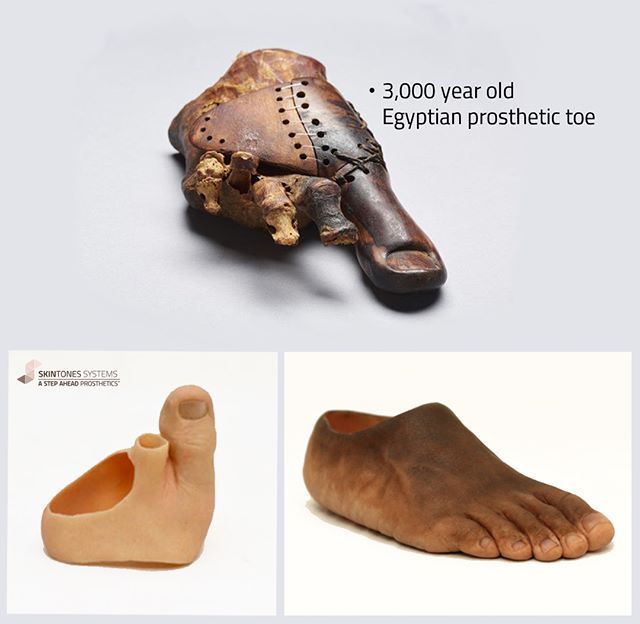
The mainstream media is notorious for ignoring such details when it comes to Kemet (Ancient Egypt). We’ve all heard at least one story about the ancient Egyptian “race.”
Most people of European ancestry or with lighter skin tones believe that the pyramid builders were “not like other Africans.” Who are referred to as “The Blacks”. While Kemites (Ancient Egyptians) were “Olive Skin Mediterraneans” who never mixed with “the Blacks” they thought were inferior to them.
This propaganda is very popular despite the fact that there is very little to no evidence of any “Olive skinned” Kemite (Ancient Egyptian) in the thousands of art pieces that describe them in their true nature.
Scholars today love to use DNA to determine “race,” but they forget to mention that racism has nothing to do with DNA or genes. Racism, as I like to say, is not a matter of genotype or haplotype. It is a phenotype issue. People categorize other people based on their appearance rather than their haplogroup. Because of obvious reasons. We can’t tell people’s haplotypes or genotypes just by looking at them. However, we can tell whether someone is White or Black just by looking at him. Although these words and concepts have no genetic meaning, they play an important role in our modern world. People treat you differently depending on your skin tone and features.
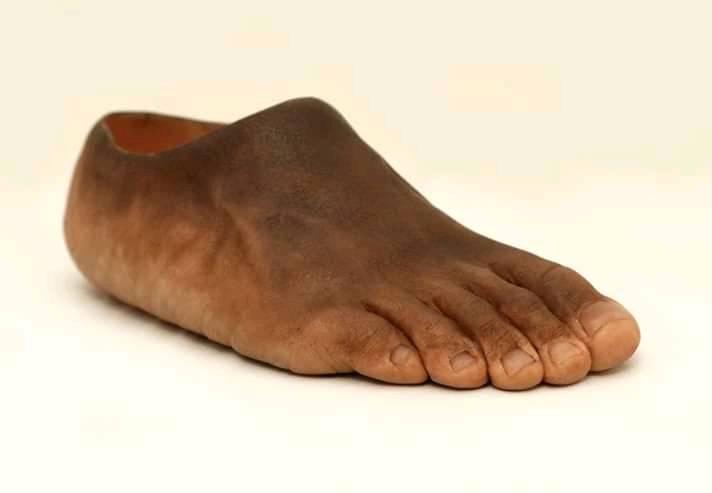
If we apply the same logic, the Kemites (ancient Egyptians) whom everyone adores would be considered Black as well.
This is not an attempt to downplay the significance of DNA analysis. Based on DNA analysis, we now know that Black Africans lived and even ruled in Kemet. And these pharaohs were not the so-called “Nubian Black Pharaohs,” as the mainstream media has labeled them in order to make it appear that there were Black pharaohs as well as other pharaohs who were not Black.
We’re talking about Kemet’s indigenous pharaohs before the so-called “Nubian invasion.” This debate is already heating up. Ramses III has been proven to be a member of haplogroup E1b1a, the main haplogroup of those known as Black Africans.
Knowing how these haplogroups work, all male pharaohs descended from him belonged to that haplogroup, implying that they were Black. And that his direct male ancestors were Black as well. This put him, Seti II (he claimed to descend from) in the same boat as the previous Ramesside dynasty. It appears very possible when we look at Ramses I’s (grandfather of Ramses II and founder of the 19th dynasty) unique statue. A face that we would all identify as Black African.
![Ramses-I-Granite-Carved-Head-off-statue-_62[:]](https://mrimhotep.org/wp-content/uploads/2019/01/Ramses-I-Granite-Carved-Head-off-statue-_62-1024x768.x72714.jpg)
To summarize, this is what this prosthesis taught us about ancient Africa. Africans invented prostheses in Kemet, these Kemites (Ancient Egyptians) had dark skin, and these dark-skinned people were part of the nobility. I hope you enjoyed this article; don’t forget to share it with others. We must tell the truth. And don’t forget to support the platform. Mr. Imhotep is an independent platform, which means that we depend on the people to continue doing what we do.

